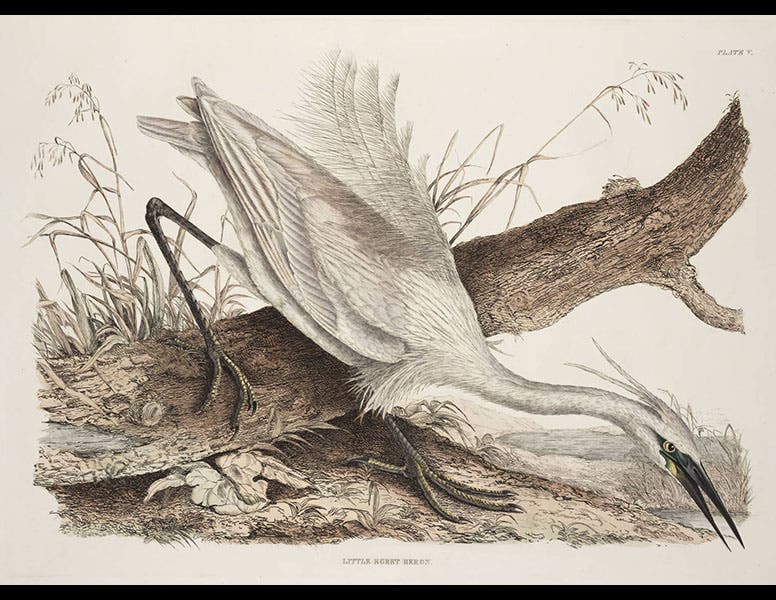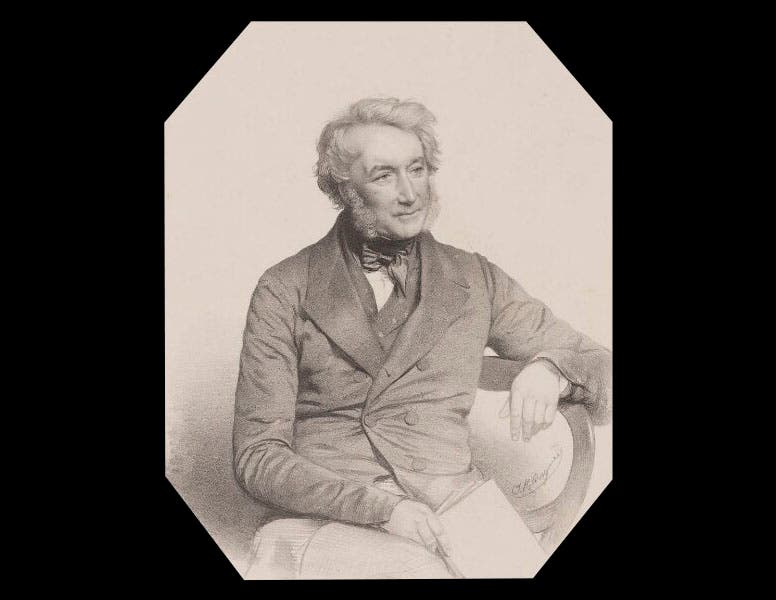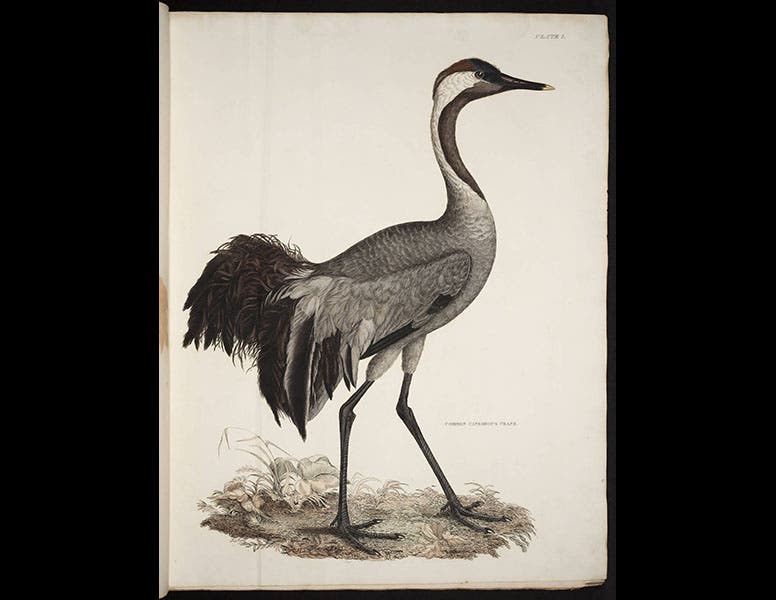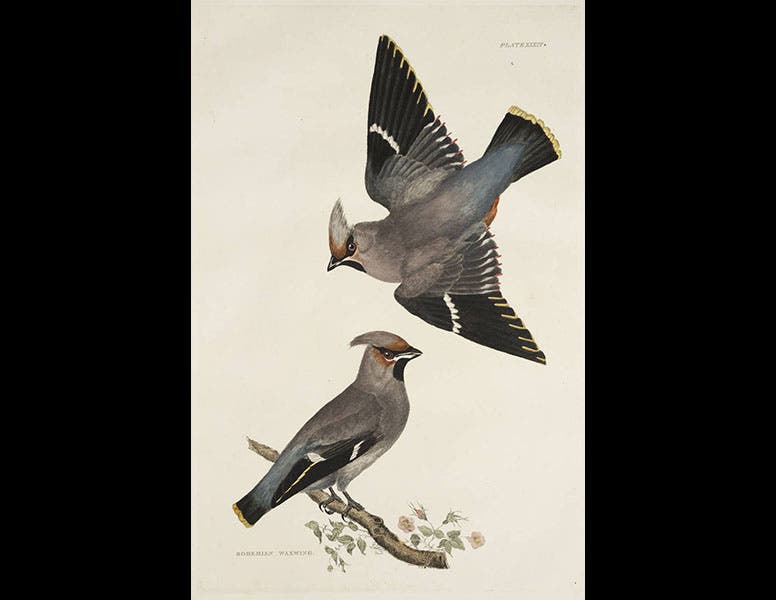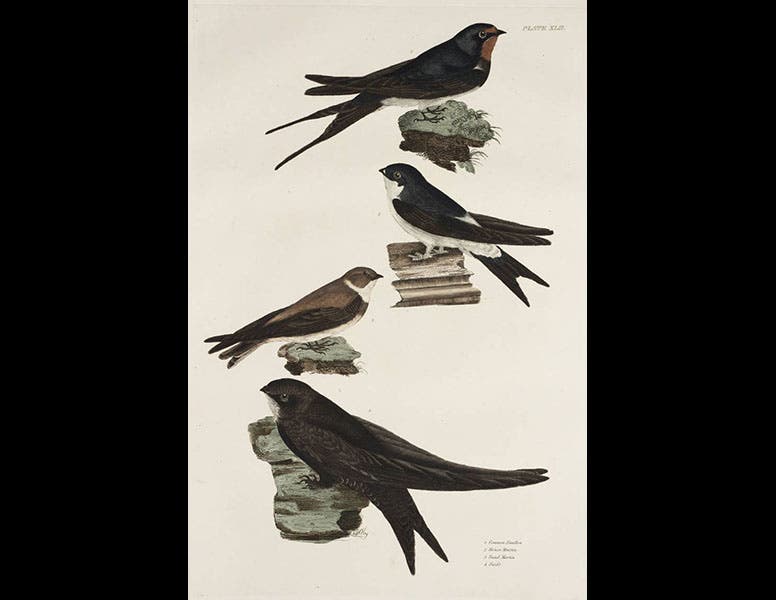Scientist of the Day - Prideaux John Selby
Prideaux John Selby, an English naturalist, was born July 23, 1788. In 1819, Selby began the task of compiling a set of illustrations of every bird found in the British Isles, drawn life-size. It would take him 14 years to finish the project, but when he was done, he had 218 beautiful plates depicting 280 species of birds, 110 of which he had seen on his own estate in Northumberland. Twizell House, as his home was called, was on the English coast just south of Scotland, and was a stopping point for any naturalist travelling between London and Edinburgh. One early visitor was John James Audubon, who dropped by in 1827, just after he had launched his Birds of America project and was seeking subscribers; the two became good friends.
Selby did his own drawings of birds, assisted by his brother-in-law, Captain Mitford, who also etched many of the plates (neither Selby nor Mitford knew anything about engraving or etching, so Mitford went to Newcastle to learn the art from the great John Bewick; Mitford then taught Selby). Selby’s finished publication, Illustrations of British Ornithology (1833) is a handsome set, with one large folio volume on land birds, and another on water birds. The images above show, in order: the little egret heron; the common cinereous crane; two Bohemian waxwings; two green lapwings; and a collection of two swallows, a swift, and a martin.
We displayed Selby’s book in our 2009 exhibition, The Grandeur of Life: A Celebration of Charles Darwin and the Origin of Species. We commented there that the contorted green lapwing on the right of the fifth image was probably an homage to Audubon, who had drawn a lapwing for Selby as a house-warming present when he visited Twizell House. The bird does have an Audubonesque pose.
The portrait of Selby (second image) is a lithograph executed by Thomas Herbert Maguire around 1850. It is one of a collection of scientific portraits by Maguire that also included Charles Darwin, Richard Owen, John Gould, and Henry de la Beche. We would love to have the set, but we do not. We have only one Maguire lithograph, that of de la Beche. We featured it when de la Beche was our Scientist of the Day some years ago.
Dr. William B. Ashworth, Jr., Consultant for the History of Science, Linda Hall Library and Associate Professor, Department of History, University of Missouri-Kansas City. Comments or corrections are welcome; please direct to ashworthw@umkc.edu.


